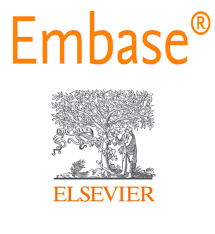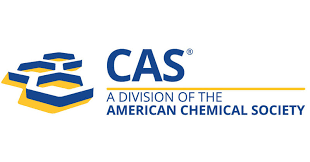Species identification and antifungal susceptibility profile of Candida isolates from various clinical specimen: A three years study at a tertiary care teaching hospital in Coimbatore, TN
Keywords:
Antifungal susceptibility testing, Candida, fluconazole, Non albicans Candida species.Abstract
Background: In recent years, the incidence of fungal infections in general and candidiasis in particular has increased.Although traditionally, C. albicans is considered as the most pathogenic species, recent studies have highlighted emergence of non albicans Candida (NAC) spp. These ‘cryptic’ NAC spp. often develop resistance during course of therapy or are innately less susceptible to commonly prescribed antifungal drugs. The present study was conducted with an aim to identify Candida isolates upto species and to study their antifungal susceptibility profile. Material and methods: Candida isolates were identified upto species level by standard mycological protocol. Antifungal susceptibility testing of isolates was performed by disc diffusion method as outlined in Clinical Laboratory Standards Institute’s (CLSI) M44-A guidelines. Results: A total of 207 isolates were Candida spp. Predominance of NAC spp. was noted. C. tropicalis was the predominant Candida spp. Fluconazole resistance was observed in 25.6% of Candida isolates. All isolates of C. krusei were resistant to fluconazole.Amphotericin B resistance was noted 4 (1.9%) isolates which included 2 isolates of C. krusei and single isolate each of C. tropicalis and C. glabrata. Conclusion: Non albicans Candida species have emerged as an important cause of infections. C. tropicalis, C. krusei and C. glabrataare important NAC spp. As different Candida spp. varies widely in their susceptibility to commonly prescribed antifungal drugs, antifungal susceptibility testing often guides clinicians in selection of most appropriate antifungal therapeutic agent.
.png)









